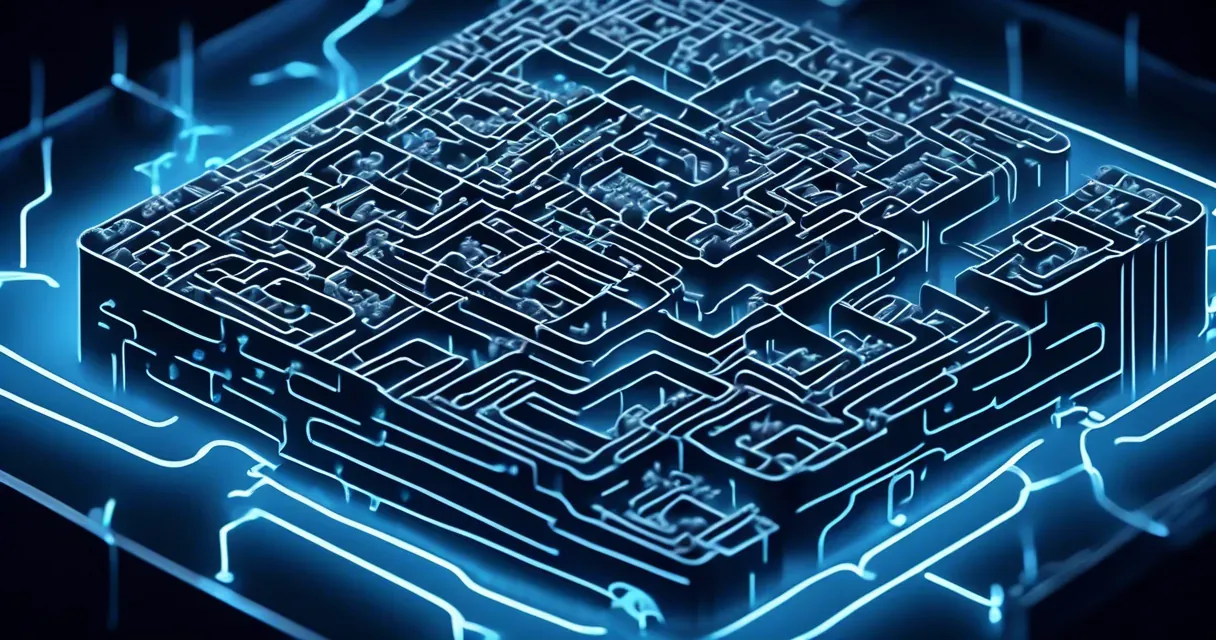
Study Reveals New Method for Backdoor Attacks on DNNs
/ 4 min read
Quick take - A recent study introduces Clean-Label Physical Backdoor Attacks (CLPBA), a method that employs physical triggers to misclassify machine learning models without altering the ground-truth labels of poisoned samples, highlighting significant security vulnerabilities in Deep Neural Networks and the need for improved defenses.
Fast Facts
-
Introduction of CLPBA: Clean-Label Physical Backdoor Attacks (CLPBA) utilize physical triggers, like natural objects, to misclassify machine learning models without altering the ground-truth labels of poisoned samples.
-
Experimental Validation: Researchers tested CLPBA on facial recognition and animal classification tasks, using large datasets of 21,238 facial images and 2,000 cat images, demonstrating significant attack effectiveness.
-
Key Contributions: The study highlights the integration of trigger distribution features into poisoned images and introduces a pixel regularization method to balance perceptual stealthiness and attack effectiveness.
-
Poisoning Algorithms: Three algorithms—Feature Matching (FM), Meta Poison (MP), and Gradient Matching (GM)—were developed, with GM showing the highest success rates in attacks.
-
Need for Defenses: The research underscores the urgency for robust defenses against CLPBA attacks, revealing that existing filtering defenses are largely ineffective, and provides resources for further investigation.
Clean-Label Physical Backdoor Attacks in Deep Neural Networks
Deep Neural Networks (DNNs) have been identified as susceptible to backdoor poisoning attacks, which typically use digital triggers to cause misclassification in machine learning models. A recent study introduces Clean-Label Physical Backdoor Attacks (CLPBA), a novel approach that uses physical triggers, such as natural objects within a scene, instead of digital manipulation.
Key Findings and Methodology
Unlike traditional physical backdoor attacks, which require incorrectly labeled poisoned inputs, CLPBA uses clean-label poisoned samples that maintain their ground-truth labels, making them less detectable by human inspection. Researchers conducted experiments on facial recognition and animal classification tasks to test CLPBA’s effectiveness, utilizing a large-scale facial classification dataset with 21,238 images and an animal classification dataset with 2,000 cat images.
Findings indicate that CLPBA poses significant threats when appropriate poisoning algorithms and physical triggers are used. While digital backdoor attacks exploit memorization within DNNs, CLPBA integrates trigger distribution features into poisoned images through perturbations. The study highlights several key contributions, including demonstrating that CLPBA effectively embeds source-class trigger distribution features into poisoned samples.
Addressing Backdoor Activations and Attack Types
Researchers identified a trade-off between perceptual stealthiness and attack effectiveness, leading to a new pixel regularization method to enhance the visual quality of poisoned images. They addressed accidental backdoor activations, where unintended objects cause misclassification, by introducing repel terms in the adversarial loss function to mitigate this issue.
The research outlines various backdoor attack types, distinguishing between dirty-label attacks, which involve adding triggers to training data and altering labels, and clean-label attacks like CLPBA, which poison target-class instances without modifying labels. While physical backdoor attacks using natural objects have been explored, most studies have focused on dirty-label techniques.
Experimental Results and Future Directions
The authors adopted a threat model where an attacker can access and slightly perturb a portion of the training data to manipulate the victim model. Their methodology includes defining trigger instances and poisoned instances and formulating a bilevel optimization problem for executing the attack. They introduced three distinct poisoning algorithms for CLPBA: Feature Matching (FM), Meta Poison (MP), and Gradient Matching (GM). Experimental results showed that GM was the most effective algorithm, with higher perturbation magnitudes leading to greater attack success rates.
The study discusses dataset bias, noting that certain target class samples may share features with physical triggers, enhancing CLPBA’s effectiveness. Researchers evaluated CLPBA’s performance against various defenses, concluding that filtering defenses were generally ineffective. The proposed pixel regularization method improved the quality and effectiveness of poisoned samples compared to standard approaches.
The study emphasizes the urgent need for robust defenses against CLPBA attacks and aims to foster further research into physical backdoor attack methodologies. The authors have made their trigger images and code publicly available to support ongoing investigations in this critical area of machine learning security.
Original Source: Read the Full Article Here


